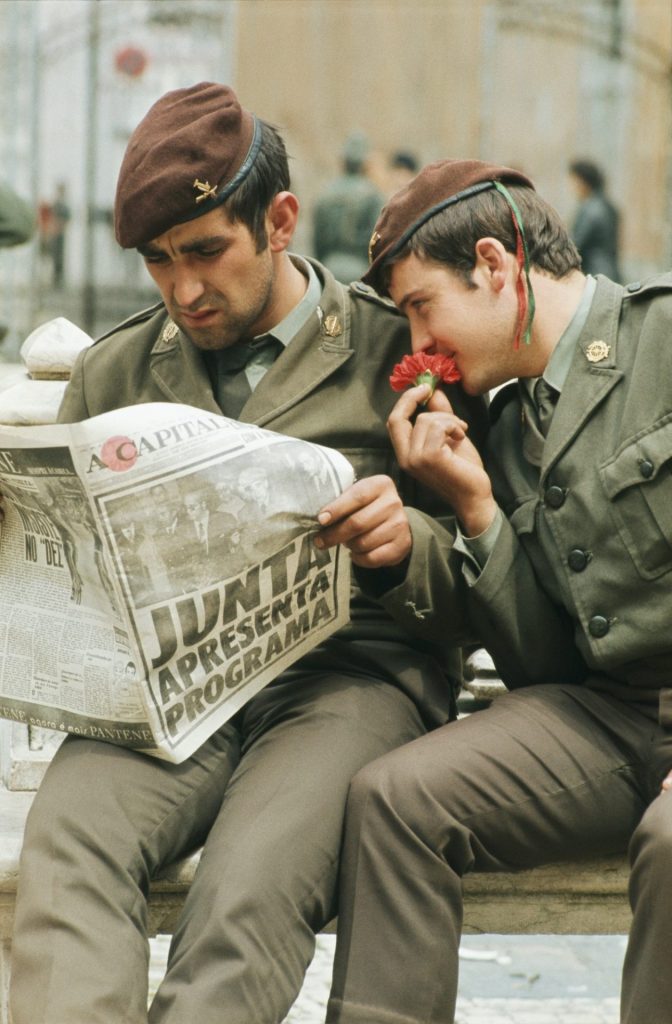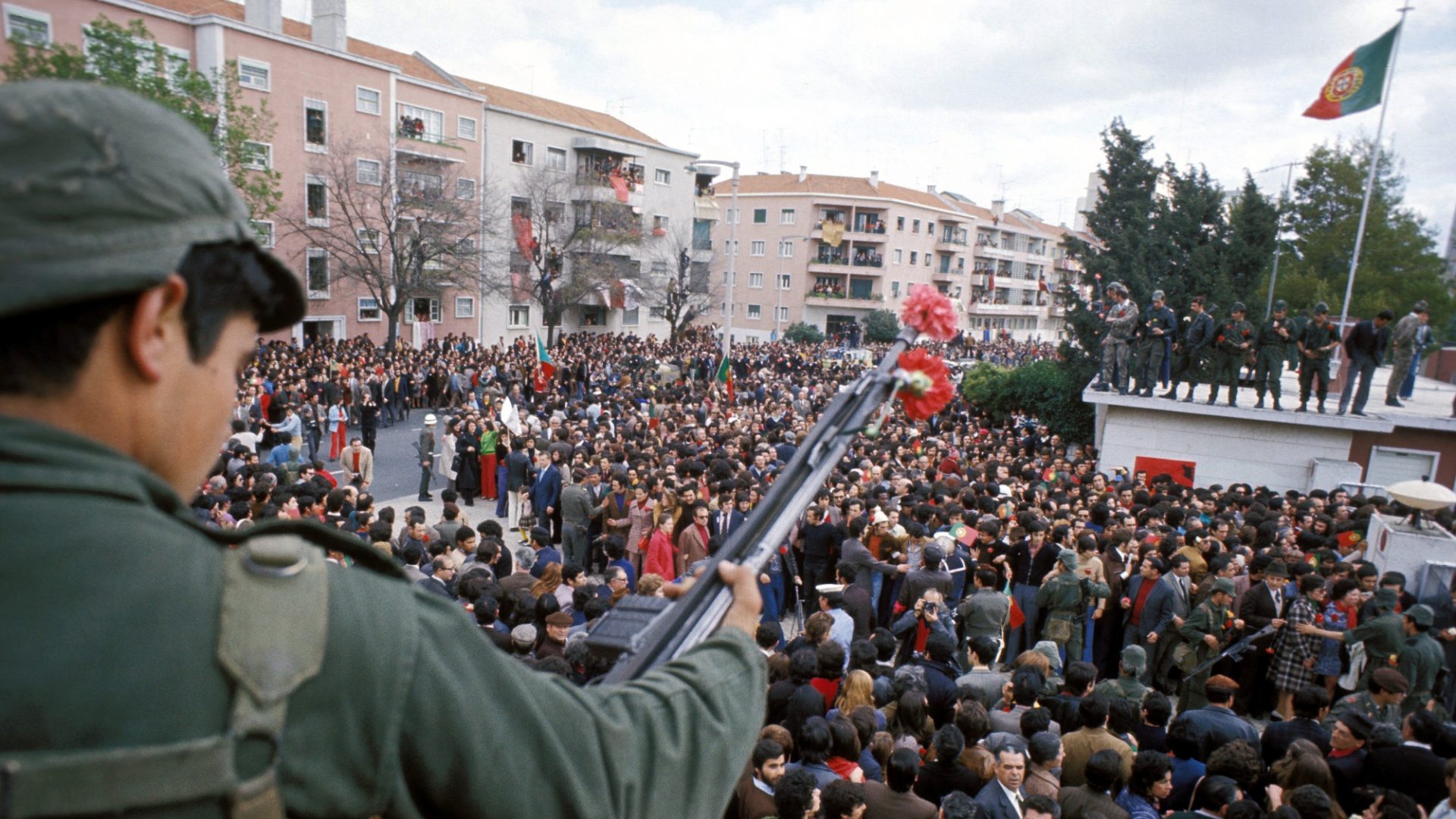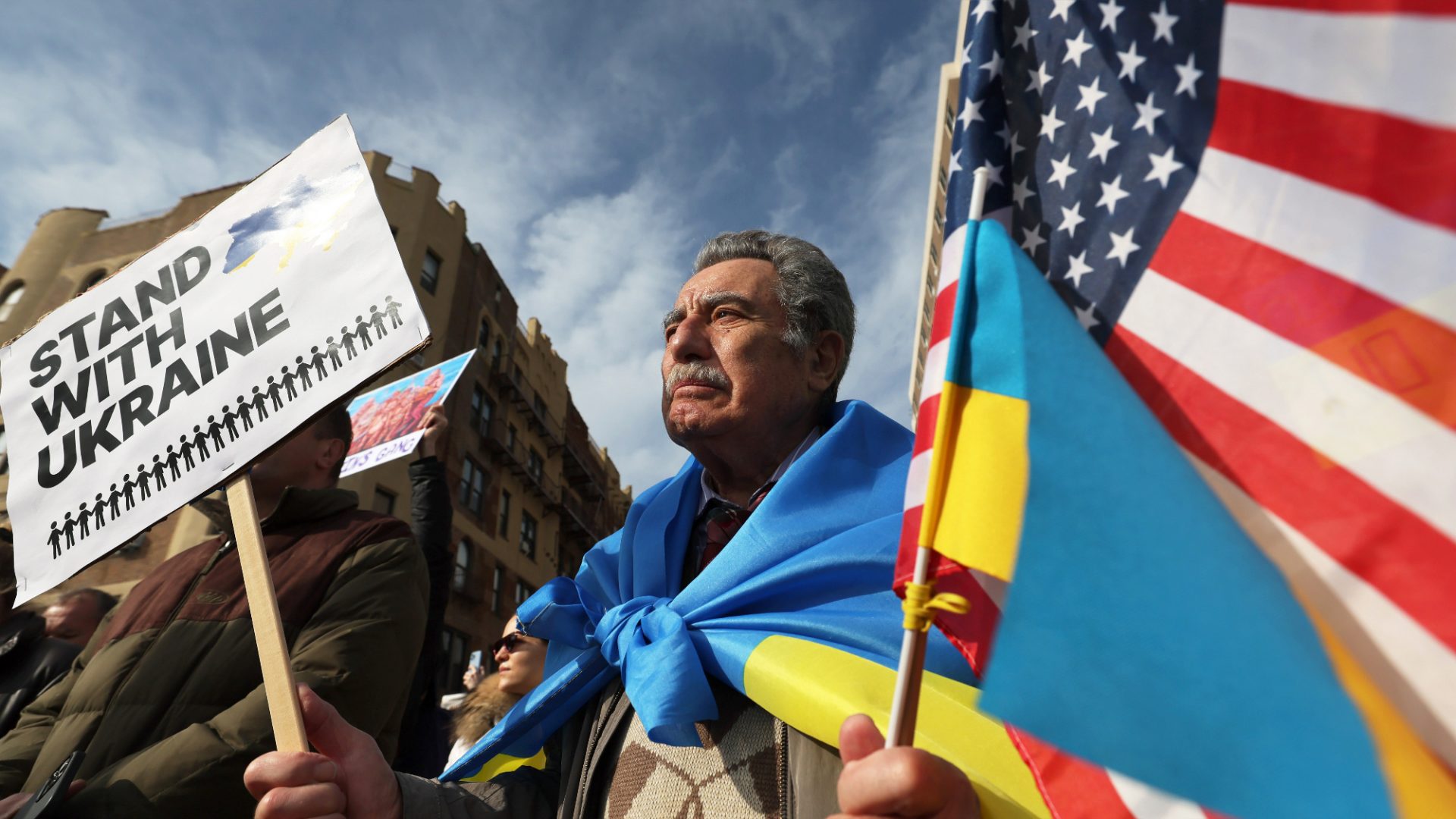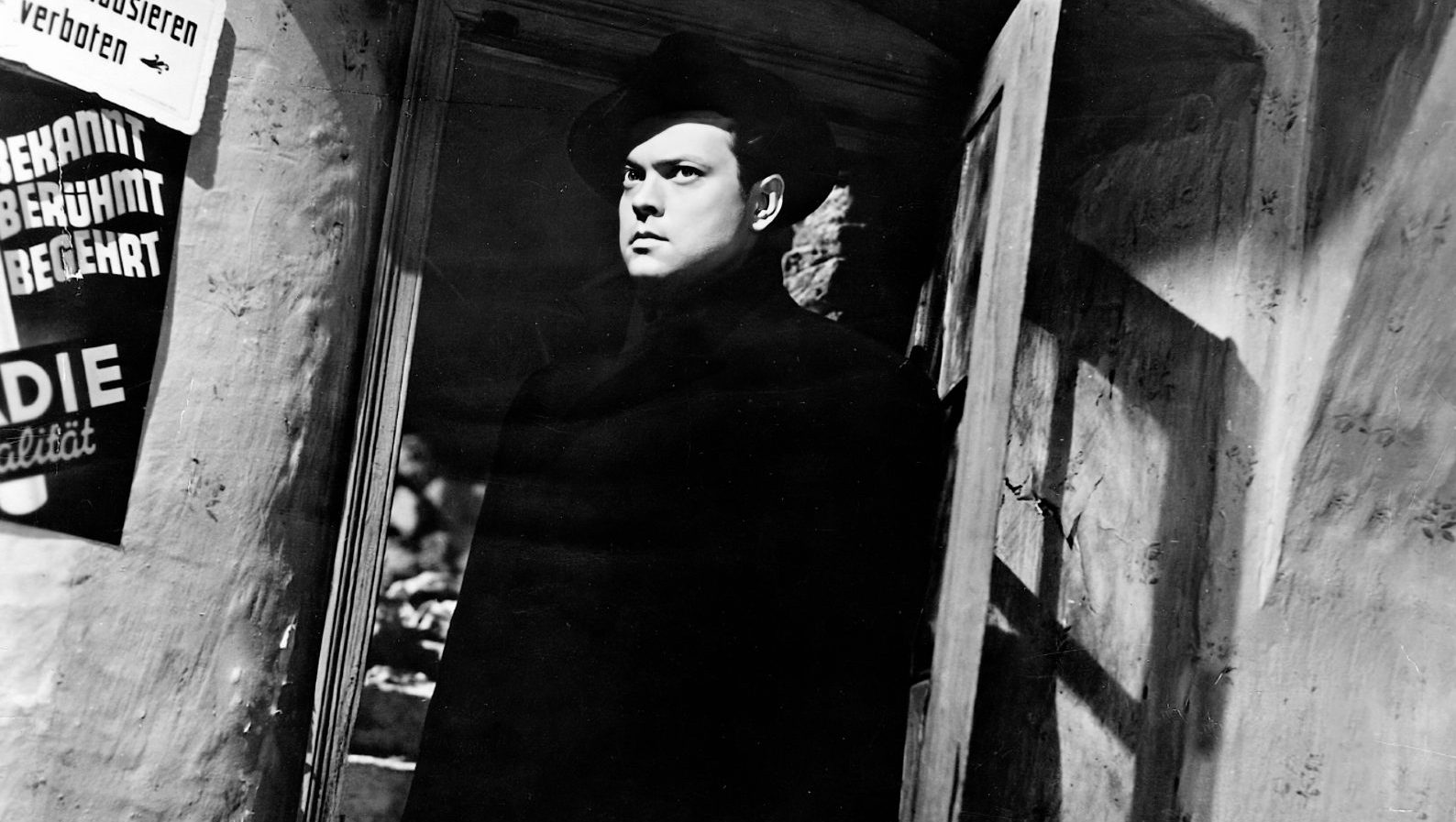When E Depois do Adeus (And After the Farewell) was broadcast on Portuguese radio at 10:55pm on April 24, 1974, few listeners would have paid much attention. After all, little more than a fortnight earlier, the mournful romantic ballad sung by Paulo de Carvalho had finished joint last in the Eurovision Song Contest with a derisory three points.
However, for members of the Movimento das Forças Armadas (Movement of the Armed Forces, or MFA), a dissident group of young officers within the Portuguese army plotting to overthrow the government, it was a covert signal to take up strategic positions.
At 20 past midnight, another song, Grândola, Vila Morena (Grândola, Swarthy Town) was broadcast on Rádio Renascença. About a poor town in the Alentejo where “the people hold the greatest power” and performed by banned singer-songwriter José Afonso, it was appropriately anti-establishment. This was a second signal, a green light for the MFA. There was no turning back.
The rebel forces moved into action, sealing the borders with Spain to prevent Francoist troops aiding the government. The main bridge over the Tagus River in central Lisbon was seized, as were the city’s airport and military headquarters as well as its TV and radio stations.
Prime minister Marcelo Caetano took refuge in army barracks, but the writing was on the wall. He resigned before being taken into military custody, after which he was flown to the Madeira Islands, then to Brazil, where he died in exile in 1980.
The MFA urged the people of Lisbon to stay in their homes and remain calm. The edict was ignored, hundreds of thousands flooding the streets in euphoric celebration. A key gathering point was the Lisbon flower market, replete with in-season carnations. People began to give these to the troops, who put them in the muzzles of their rifles and adorned their tanks with them. The images flashed around the world and gave the uprising its name: the Carnation Revolution.
Although four people died when members of the secret police opened fire on demonstrators, the revolution was largely bloodless. Within less than 24 hours, the longest surviving regime in western Europe was gone.
The far-right Estado Novo (New State), or Second Republic, had been in power for 48 years. It was led by António Salazar as prime minister and de facto dictator from 1932 until 1968, when he was forced from office by illness and replaced by Caetano.
Unions were banned, free speech was limited. Opposition parties existed in little more than name only, their members exiled, imprisoned, or assassinated. Elections were neither free nor fair, Estado Novo repeatedly winning all the seats.
Although Portugal’s per capita GDP rose at an annual rate of 5.7% between 1950 and 1970, few benefited. Approximately 60% of the population were peasants, many working with no machinery. This poverty was compounded by the 1973 Opec oil crisis, in which inflation hit double figures, GDP fell, and unemployment rose.
“When we reach 1974, Portugal has the lowest wages in Europe, 30% of the population cannot read or write,” says Prof Raquel Varela, the author of A People’s History of the Portuguese Revolution. “It has the highest infant death rate in Europe, many people never had access to a doctor throughout their lifetime. Women could not go to a foreign country without the permission of their husband.”
Yet in many respects, the seeds for the revolution were not sown at home. The Portuguese government was spending huge amounts – as much as 40% of its annual budget – on fighting the Colonial war, which began in 1961. As other countries relinquished their colonies in the aftermath of the second world war, Portugal stubbornly clung to its own colonies. About one million troops were mobilised to fight nationalist forces in Angola, Guinea-Bissau, and Mozambique, 150,000 in 1974 alone.
Over the course of 13 years, the conflict cost the lives of approximately 100,000 African troops and civilians and 9,000 Portuguese soldiers. Proportionate to their respective populations, the fatality rate was higher for Portugal than for America in Vietnam. “Almost every family had someone fighting in the Colonial war,” says Varela. “One and a half million went to work in France, Switzerland and Germany as migrant workers to escape the conflict.”
The costly, gruelling war eroded support for Estado Novo among some religious, business, and intellectual elites. Relations between the government and the military also deteriorated, leading to the formation of the MFA. As Caetano’s government weakened, they launched the coup.
In the immediate aftermath, the Junta de Salvação Nacional (National Salvation Junta) was installed as a provisional government. However, the MFA were unable to maintain control of the revolutionary process. Hundreds of thousands went on strike or took part in demonstrations. Workers’ commissions occupied and exerted control over their workplaces. Farm labourers seized the land on which they worked. Varela estimates that around three million people were involved in such action.
During this 19-month period, known as the Processo Revolucionário Em Curso (Ongoing Revolutionary Process), Portugal teetered on the brink of civil war. Left wingers pursuing a radical socialist state vied for control with those in favour of a social democratic, western European capitalism. The latter ultimately triumphed following a failed far-left coup in November 1975. “Liberal democracy defeated direct democracy, capitalism defeated socialism,” says Varela.
Again, the transition was relatively non-violent. “This was not a bloody counter-revolutionary process like in Chile,” says Varela. “A huge part was negotiation, and the implementation of labour and welfare rights.”

In 1976, a new constitution was adopted. The independence of the judiciary and the protection of human rights were enshrined. A national health service and welfare state was created. Free access to schools and further education became a universal right. Several major companies were nationalised. A rent freeze that lasted until 2012 was imposed. A democratic parliamentary system was established. Free elections in April, in which women were allowed to vote for the first time, led to Mário Soares of the Socialist Party becoming prime minister.
The Colonial war did not officially end immediately, but many Portuguese army units in Africa ignored orders to continue fighting, withdrawing to their barracks, or negotiating ceasefires with local nationalist forces. By October 1974, all Portuguese troops had left Guinea-Bissau, and a new republic established. Mozambique gained independence in June 1975, Angola in November.
Dia da Liberdade (Freedom Day), as April 25 has become known, is Portugal’s most celebrated day. This year’s festivities have already begun. On the day itself there will be a concert, fireworks and a drone show in Lisbon’s Terreiro do Paço. Florists will give out carnations for free, as they did 50 years ago.
Beyond the annual celebrations, echoes of the revolution can be found in the names of streets and bridges. During anti-EU demonstrations following the financial crash of 2008, crowds sang Grândola, Vila Morena, the song maintaining its cachet as an anthem of protest and resistance.
Although the revolution is deeply encoded into Portugal’s culture, its legacy is contested. “There is a memory, a very dominant memory, of the revolution as a good thing,” says Varela, “but institutionally, it’s not the same. We have a lot of liberal sectors, or social democratic sectors, that are in favour of April 25 because it overthrew a dictatorship, but they are not in favour of participatory democracy, workers control, so there is a fight over memory.”
Economically also, the legacy is unclear. A constitutional revision in 1989 sanctioned the re-privatisation of many nationalised businesses. As he launched the 50th anniversary celebrations, Vasco Lourenço, a key member of the MFA and now president of the 25 April Association, lamented creeping privatisation within Portugal’s health service. Varela points to the Gini Index, which measures inequality. It shows that in Portugal the situation is as bad as it was in 1973. As many as 70,000 people a year migrate in search of better jobs.
Yet, unlike other European countries, until recently no populist right wing party managed to gain a foothold in Portugal, another legacy of 1974. “The generation that lived through the fascist regime and led the revolution was alive,” says Varela, “and so the memory of the revolution was very strong.”
That changed in snap legislative elections held last month. As the vote share of the two main centrist parties fell to its lowest since 1985, the far right party Chega (literally “that’s enough”) gained 18.1%, quadrupling its seat count to 50, out of 230 possible seats.
Although shut out of power – for now – by the centre-right Democratic Alliance’s minority government, for the first time in five decades nationalist voices will have a significant presence in Portugal’s parliament. For many, this will undoubtedly cast a shadow over the April 25 celebrations.
When the National Assembly holds its annual special session to mark the anniversary, it will end, as in previous years, with MPs repeating the revolutionary motto: “Fascismo nunca mais” (Fascism never again). With so many among them now nostalgic for the days of Estado Novo, it cannot be said with certainty any more.



